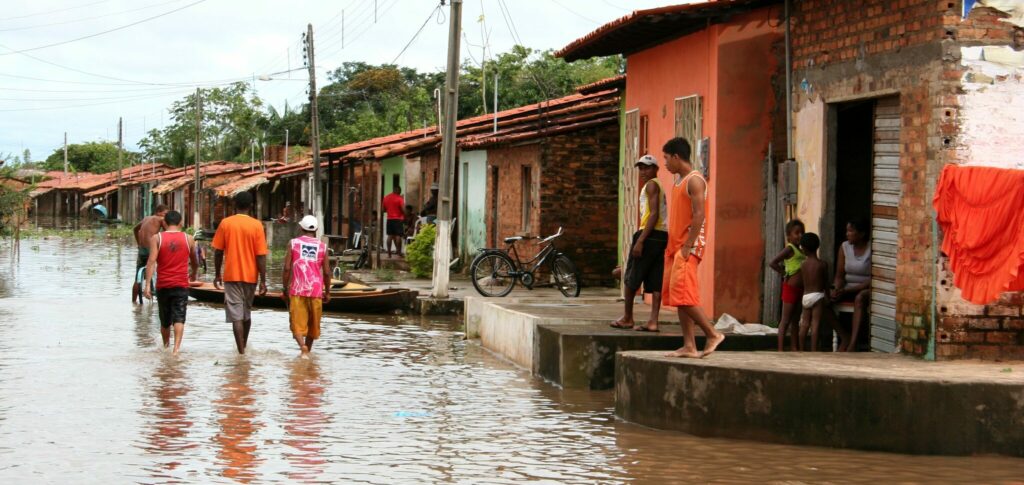The study “Environmental racism and socio-environmental justice in cities” – published in July this year by Instituto Pólis – brought a portrait of who are the people most exposed to the events, often catastrophic, caused by climate change in 3 Brazilian cities: São Paulo (SP), Belém (PA) and Recife (PE).
ADVERTISING
According to the publication, in urban environments, the effects of the environmental crisis manifest themselves in a territorially unequal, disproportionately impacting populations depending on their degree of vulnerability.
Actions aimed at the vulnerable
It would be necessary to direct actions to help these exposed groups – who are the most affected by environmental disasters, worsened by climate change – and who also suffer from a lack of basic services (such as water supply or sanitation).
According to the study, income patterns, education level, race/skin color, gender and place of living define who is most impacted. To the most threatened populations and who suffer most from the consequences of the increase in extreme events, such as heavy rains, They are black, low-income people who live in peripheral regions, especially mothers who are 'heads of the family'.
ADVERTISING
“A socio-environmental injustice, according to Robert Bullard (2004) and the Brazilian Network of Environmental Justice (2001), is characterized when damage to the environment produces unequal impacts that disproportionately burden low-income people, marginalized populations, minority and vulnerable groups“, conceptualizes.
“Already the environmental racism, according to Benjamin Chavis, is evident when consequences of environmental degradation are concentrated in neighborhoods and peripheral territories, where poorer families live and where there is a greater concentration of black, indigenous and quilombola people. It is also in these areas that the worst levels of air and water pollution, as well as a higher incidence of risks of floods and landslides (to cite a few examples), exposing this vulnerable population to the dangers of natural disasters and worse health conditions. The concept of environmental racism is complemented by non-presence of the black population in the elaboration of policies and in the leadership of ecological movements, as well as discrimination in the application of laws in racialized territories”, explains the study.
Data exposed in the publication indicate that 37% of the population of the city of São Paulo is black, In areas at risk of landslides, this number rises to 55%. In Belém, where, according to data from the Demographic Census (IBGE, 2010), 64% of the population is black, In risk areas this rate rises to 75%. And in Recife, where 55% of the population is black, in areas at risk of landslides this amount increases to 68%, and in areas at risk of flooding, 59%.
ADVERTISING
The most vulnerable populations impacted by environmental degradation are also those historically excluded from political and decision-making processes. Something to think about during this election period, right? 🤔
Curto curation:
- Climate injustice: global warming affects people and regions unequally (Valor Econômico)🚥
- Who is most impacted by the climate crisis in cities? (Greenpeace Brazil)
- Who needs climate justice? (Gender and Climate)
(🚥): may require registration and/or signature
(🇬🇧): content in English
(*): content in other languages is translated by Google Tradutor



